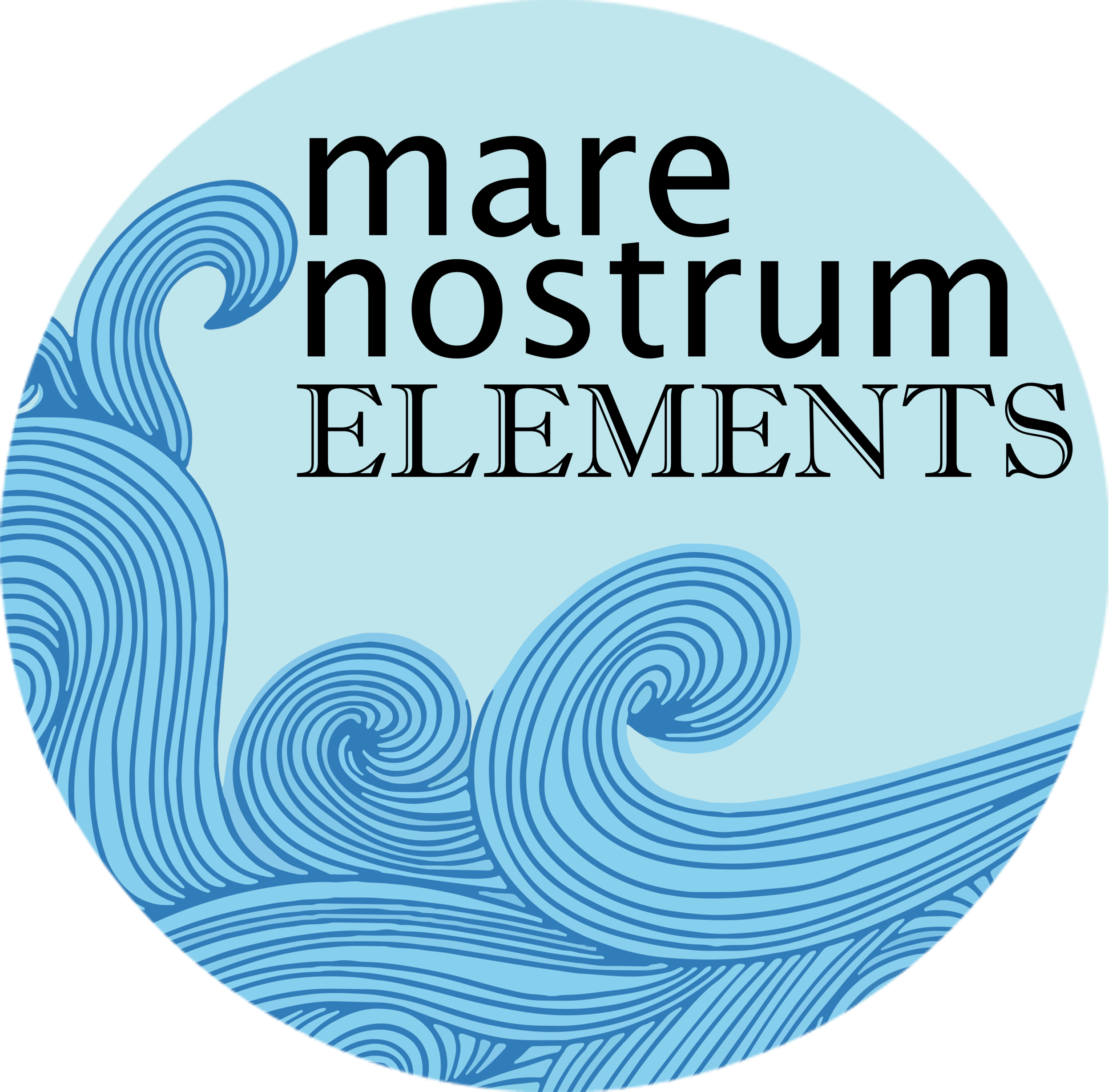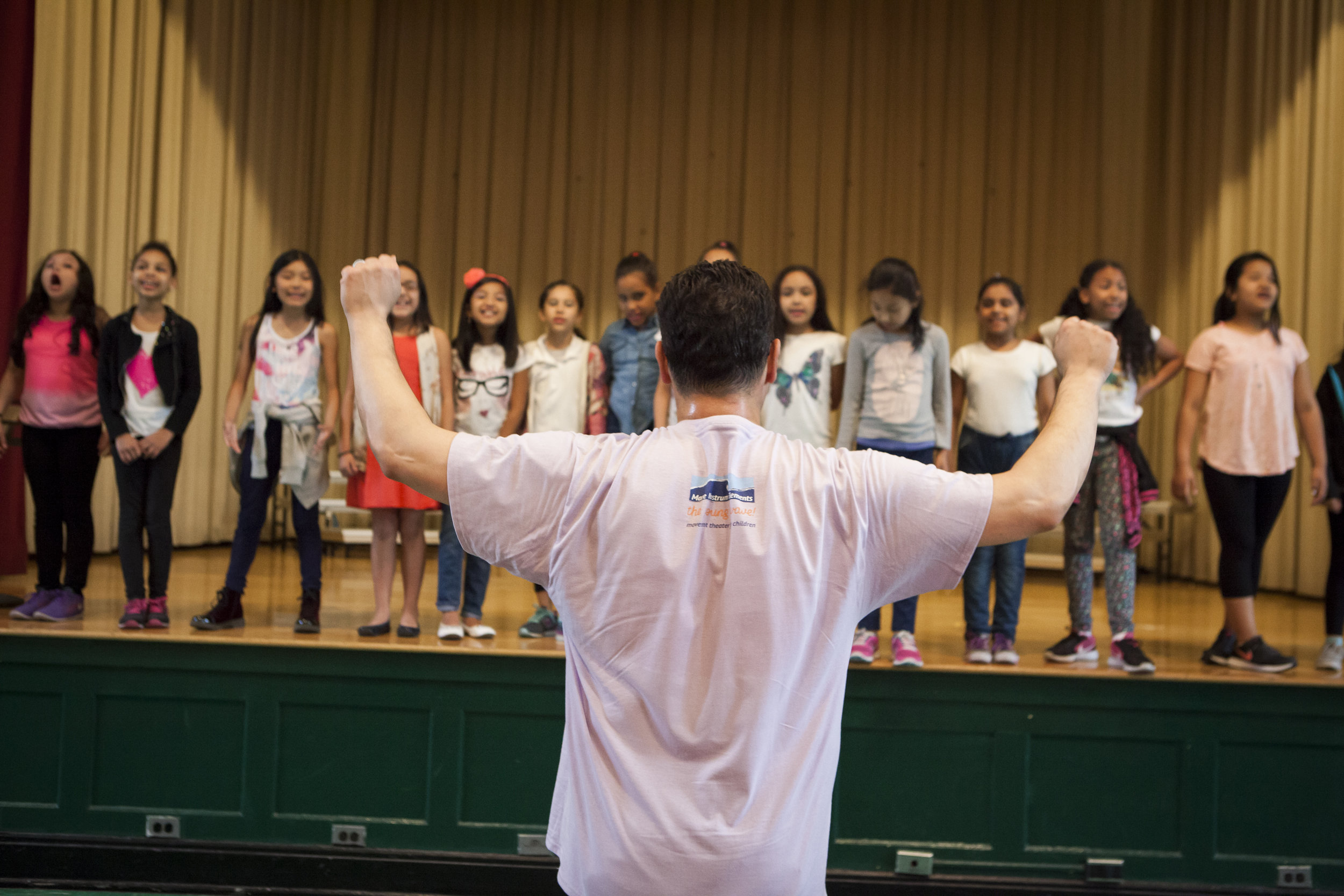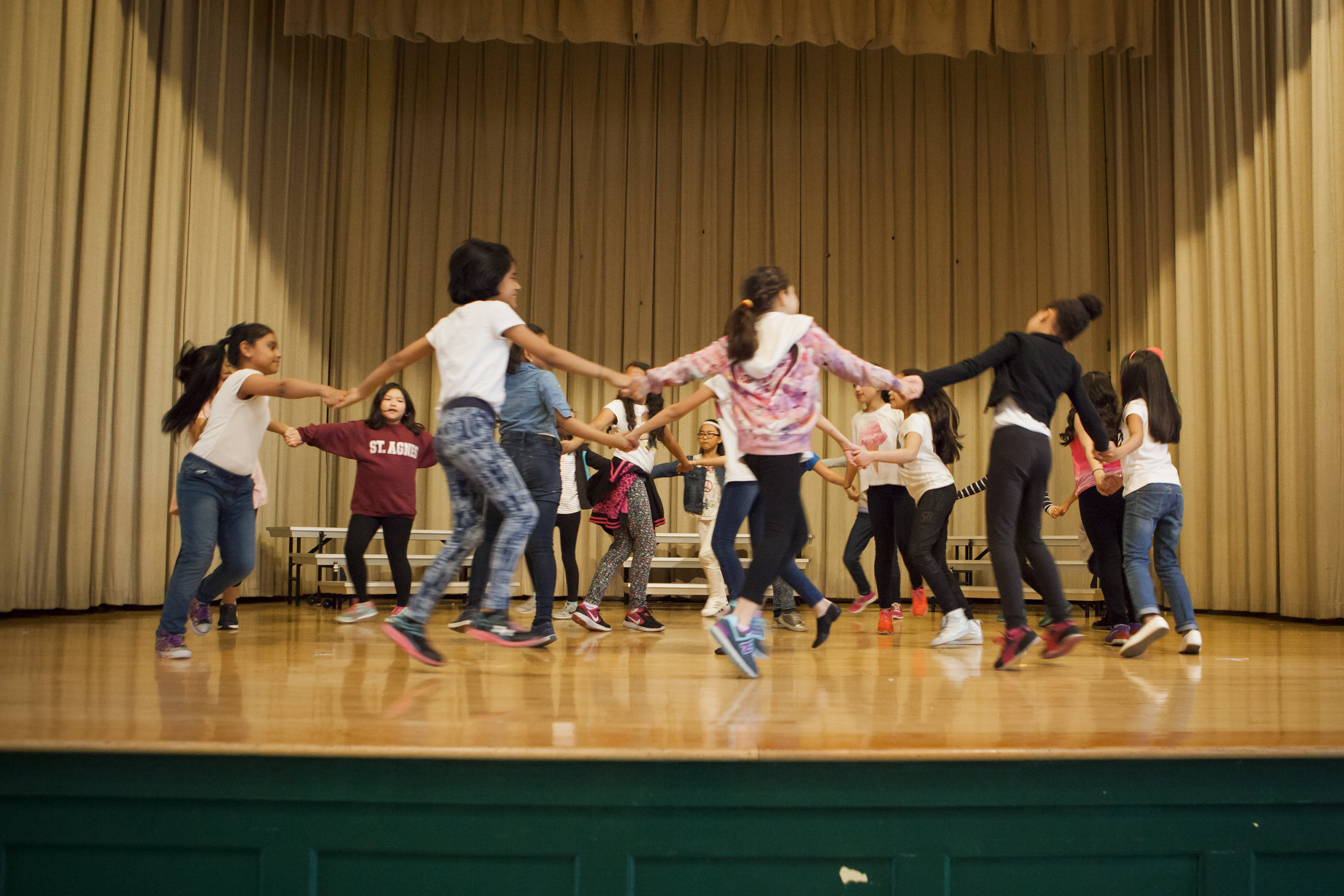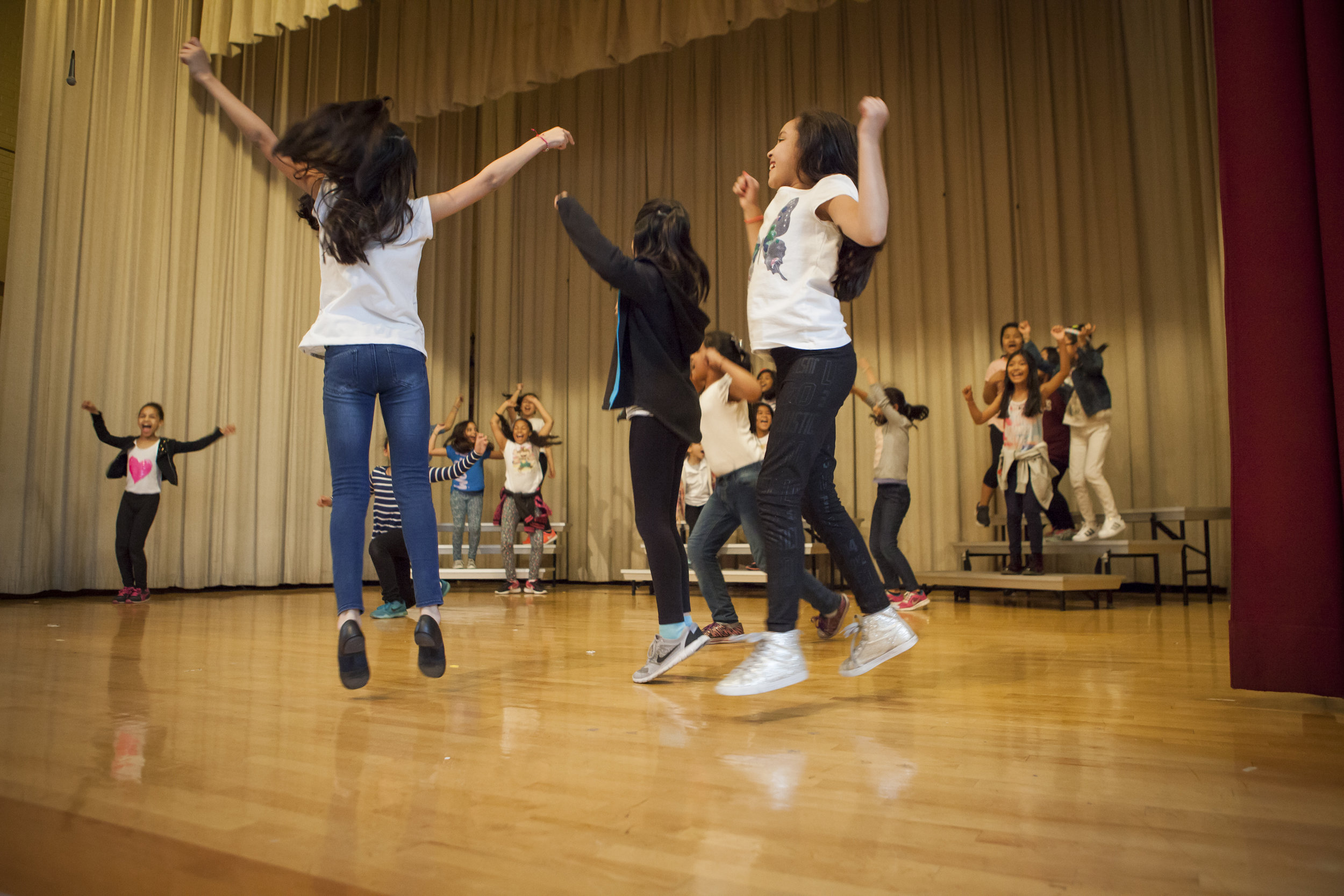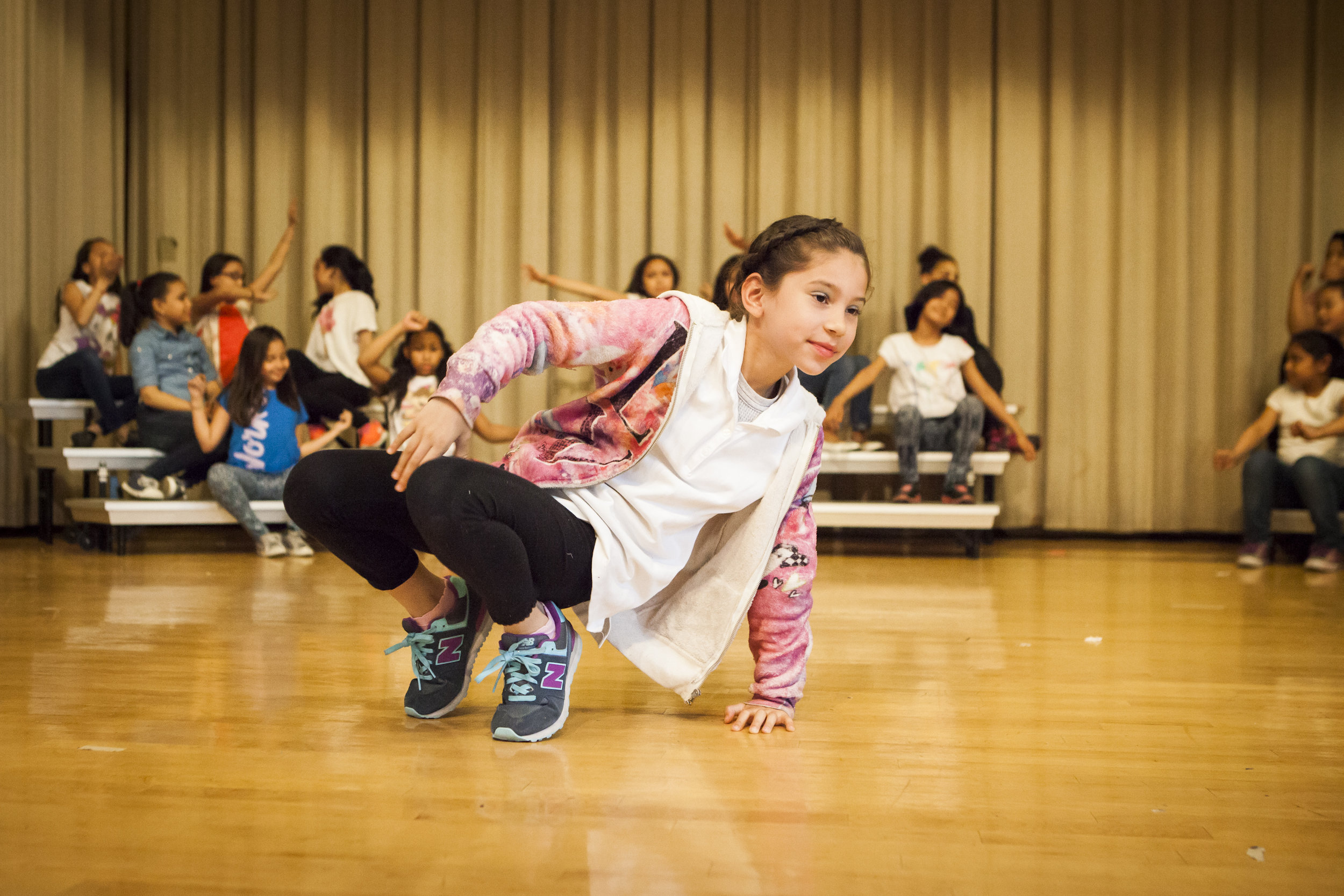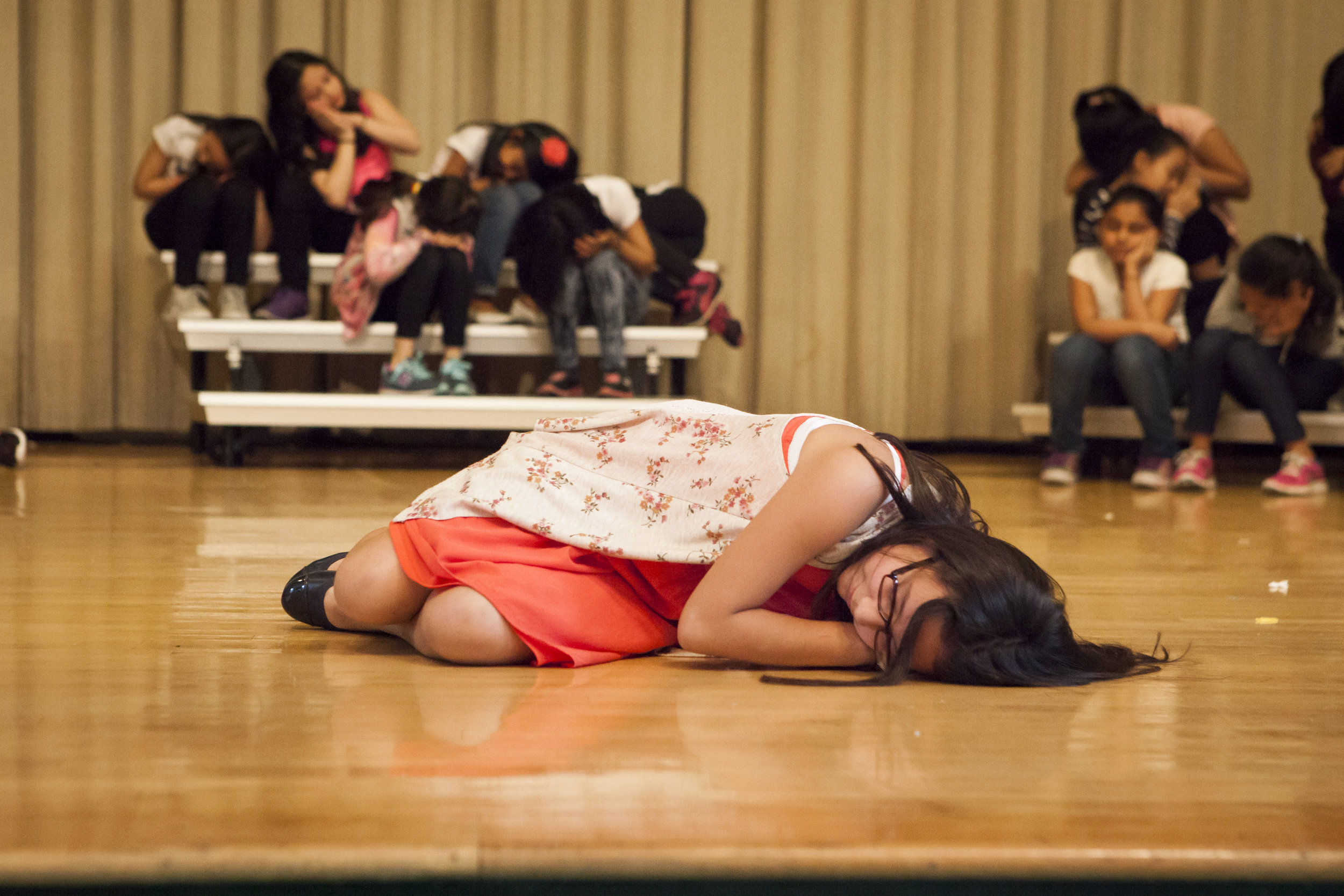The Young Wave is Mare Nostrum Element’s outreach program that provides children and teens between the ages of 4 and 18 with an exciting introduction to using age appropriate Movement Theater exercises to express their personal stories and emotions. The method merges the knowledge and experience of actor/director Kevin Albert (Boston Conservatory graduate) and performer Nicola Iervasi (former Martha Graham Ensemble member) to provide a balanced mix of acting, dance and body conditioning techniques.
The goal of The Young Wave program is to stimulate young students’ creativity by guiding them through a physical journey that nurtures and develops each student’s unique creativity and viewpoints. The program seeks to:
Build confidence
Strengthen concentration and focus
Sharpen self-expression
Develop a multidisciplinary approach to performing
The Young Wave! has successfully partnered with Woodside on the Move and PS11Q to present exciting after school program productions since 2010.
How we work
Our teaching artists have multiple years of experience teaching dance and acting, and have held major choreographic, directing, and administrative positions in numerous recognized companies and festivals. They pride themselves on their investment in teaching individuals with a range of experiences, from novice to professional. We believe that movement theatre in education enriches children’s development. It encourages creative problem solving, teamwork, focus, and respect for classmates. Our classes work in three- folds:
The practice of storytelling: We use storytelling, theater and voice exercises to encourage children to create structured narratives with clear beginning, middle, and end. We then guide them in writing and rehearsing original skits and scene. By encouraging children to unearth their stories, we teach them healthy ways to express their voices, ideas, and emotions. In turn, they gain new insights, respect, and empathy from working with others, whose stories and experiences vary from that of their own.
The practice of movement: Pantomime, fitness concepts and movement improvisation games help children better understand spatial orientation and empathy for one another. By learning different movements and creating movement of their own, children develop a more holistic view and understanding of the body, its functions, and its relationship to the physical world.
The practice of performance: The performance ties everything together: storytelling, theatre, dance, and music. It challenges children to be more collaborative, more patient, more focused and more generous in ways that are very different from the regular classroom. The act of putting on a successful performance brings very tangible and visceral rewards for children who are just beginning to learn the value of following direction, team-work, and trust.
